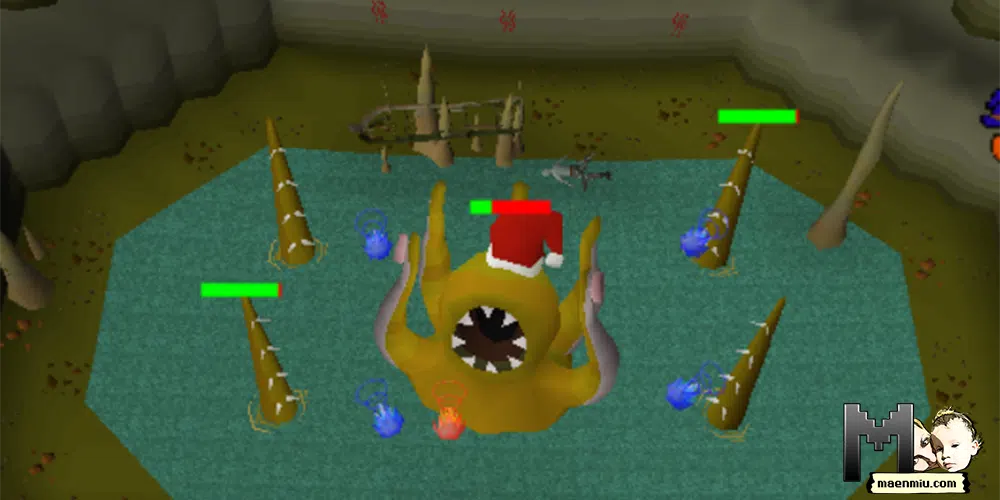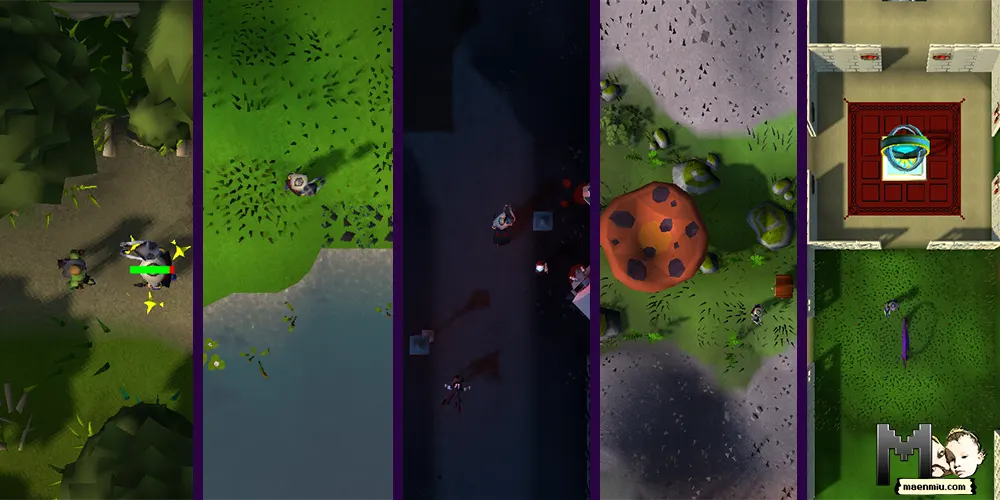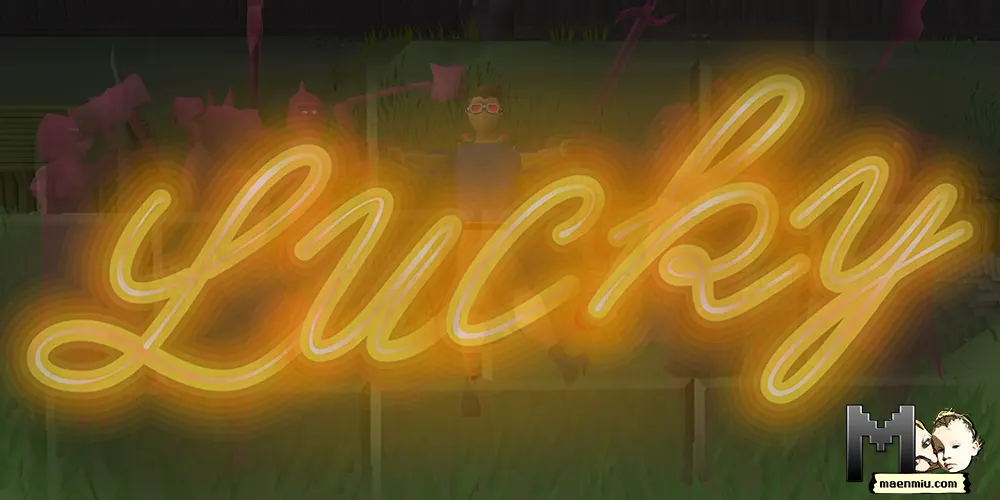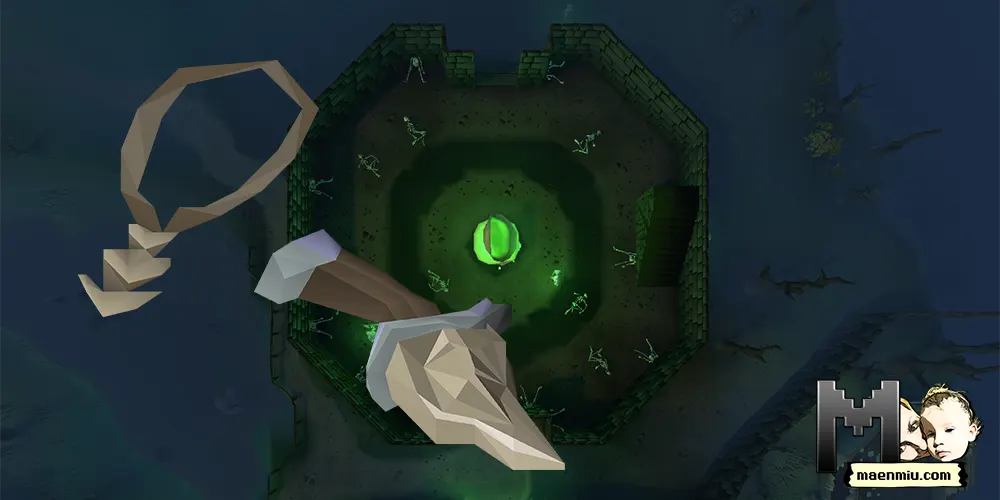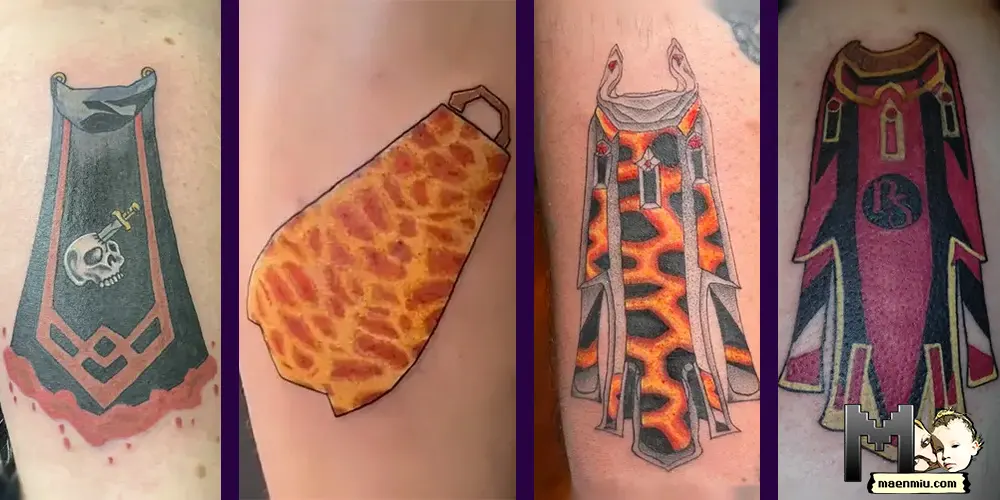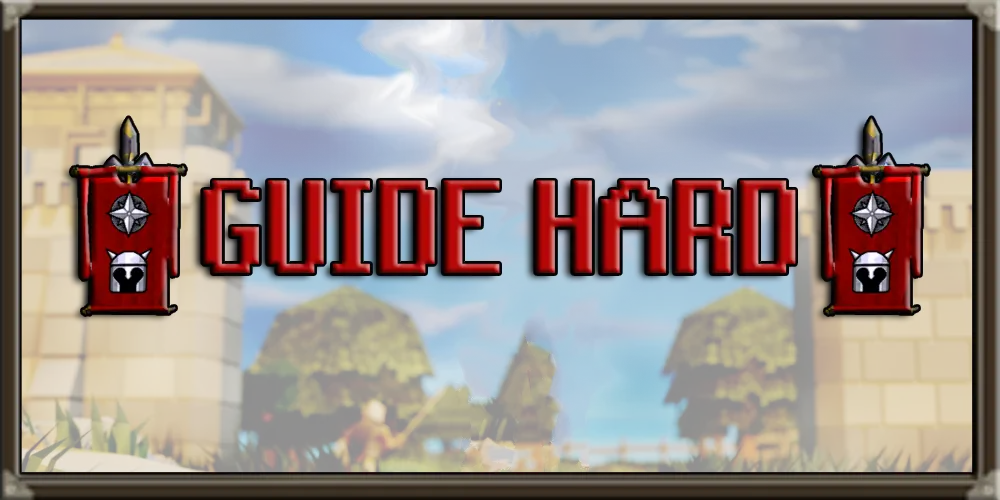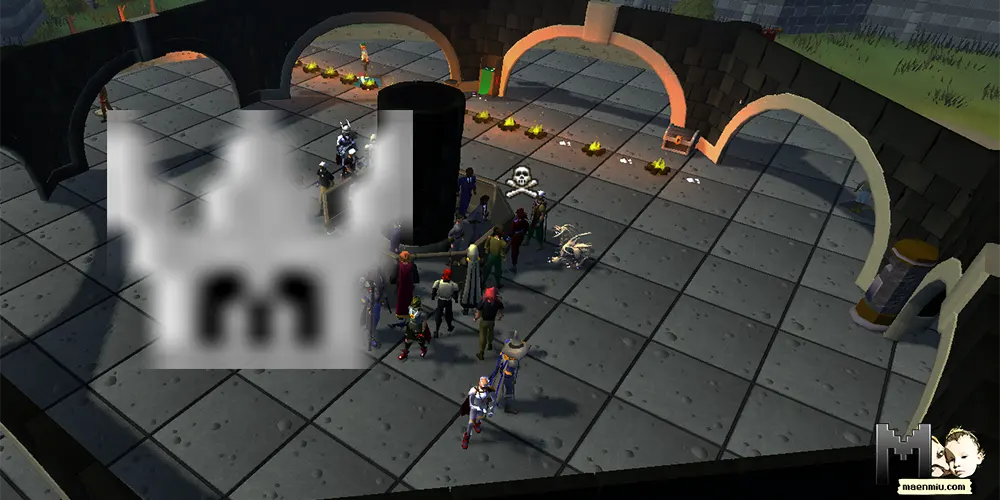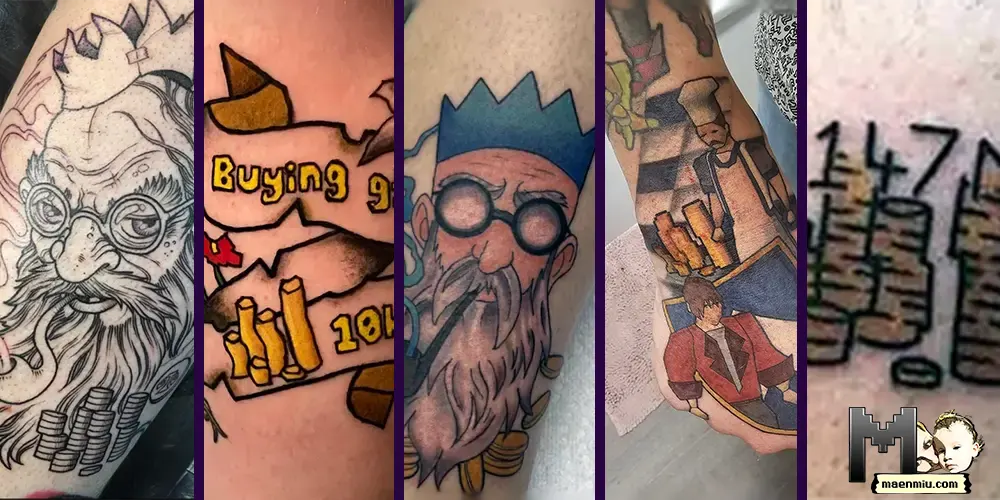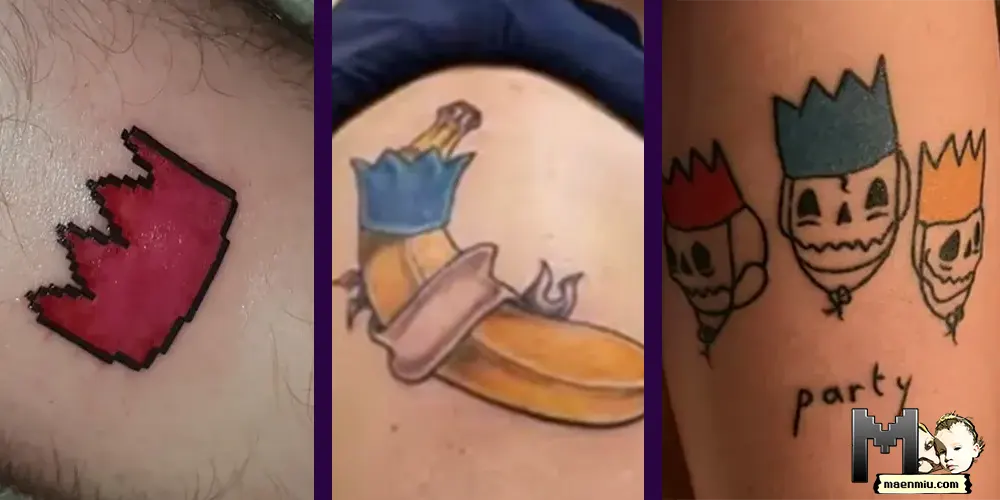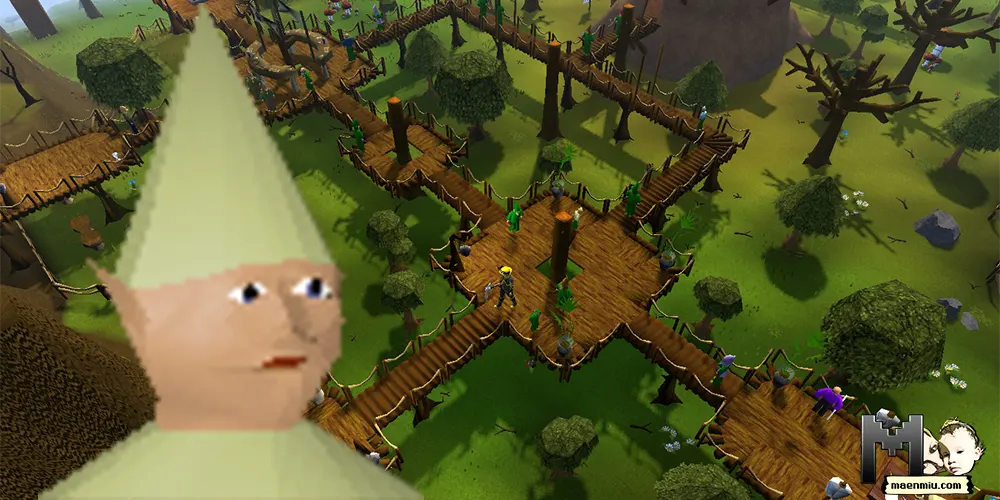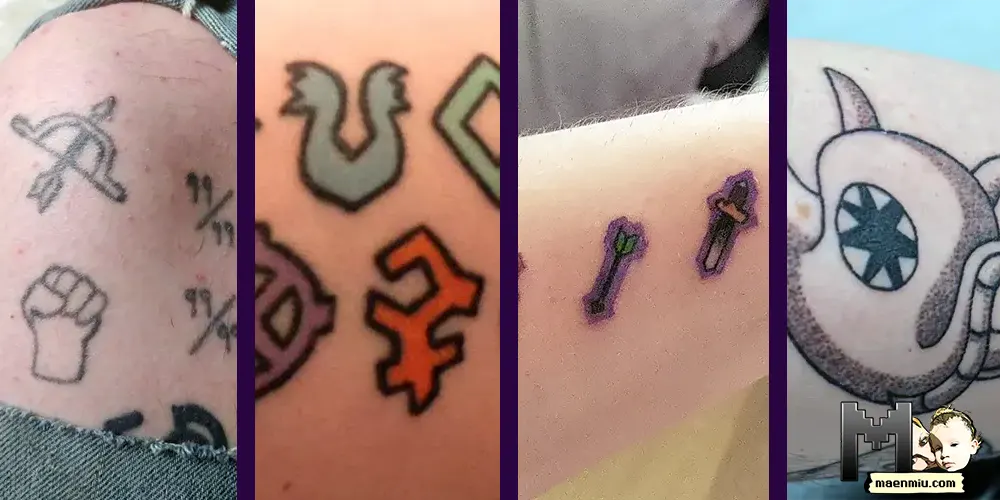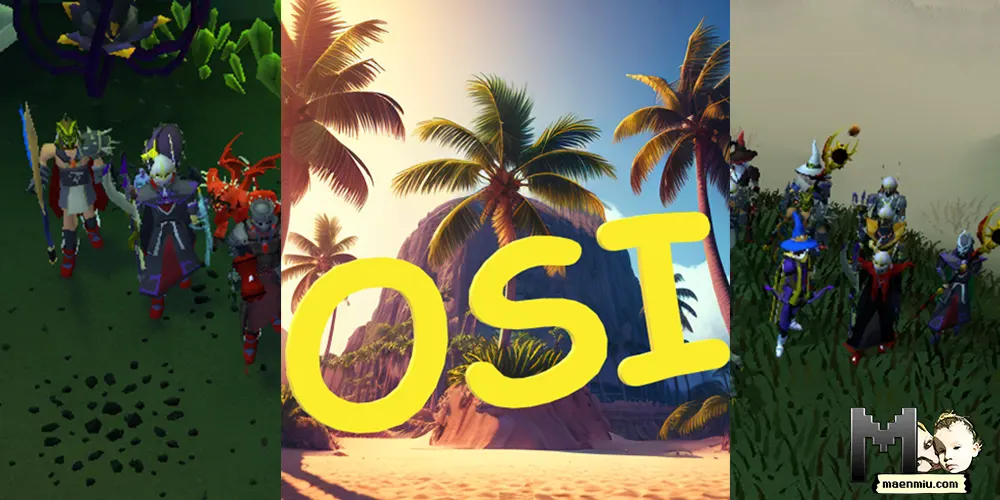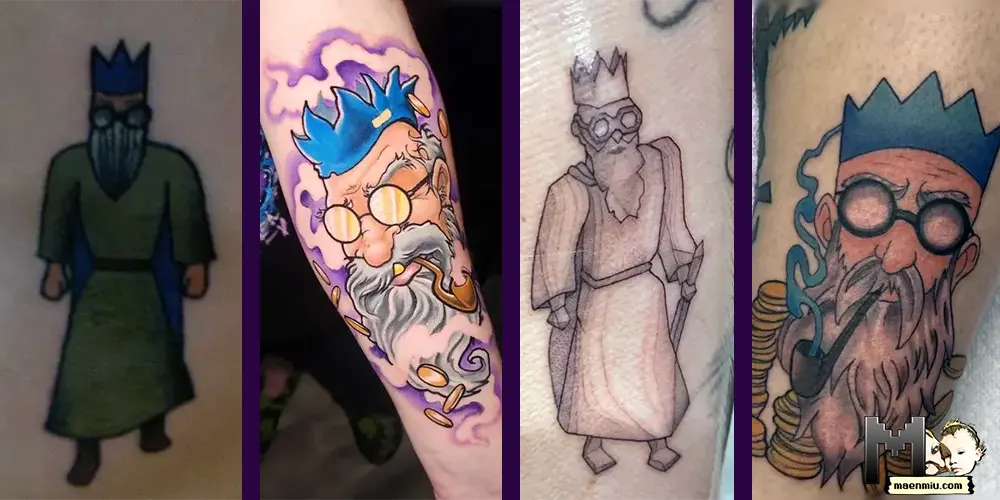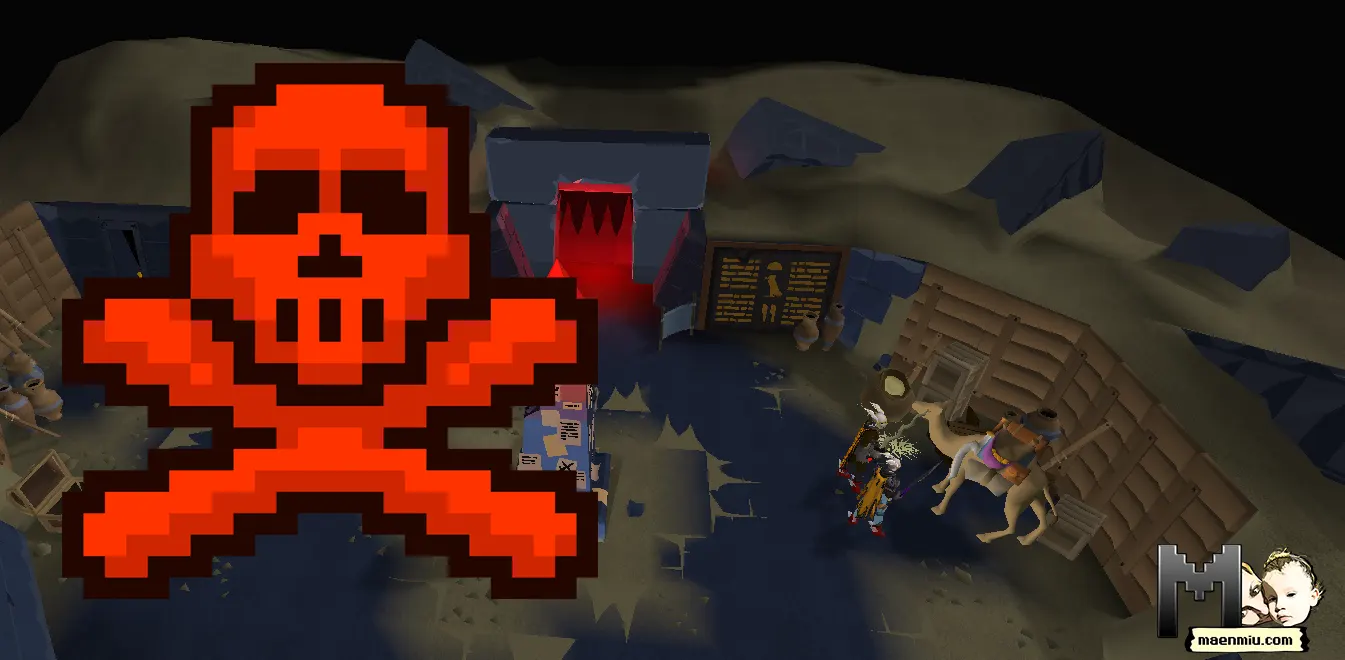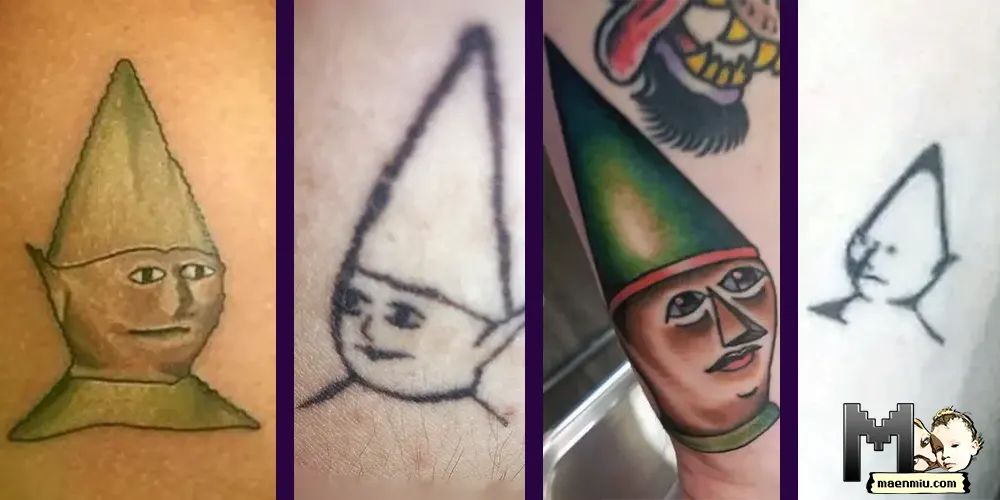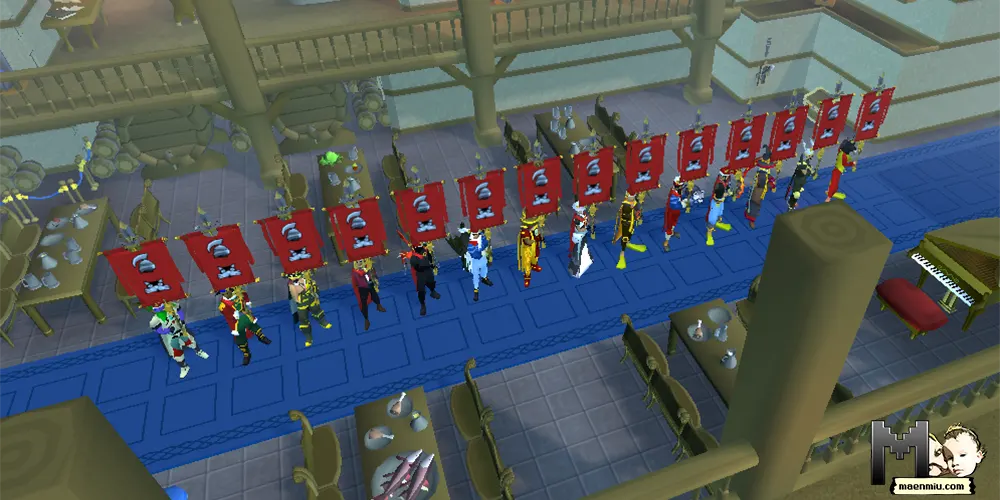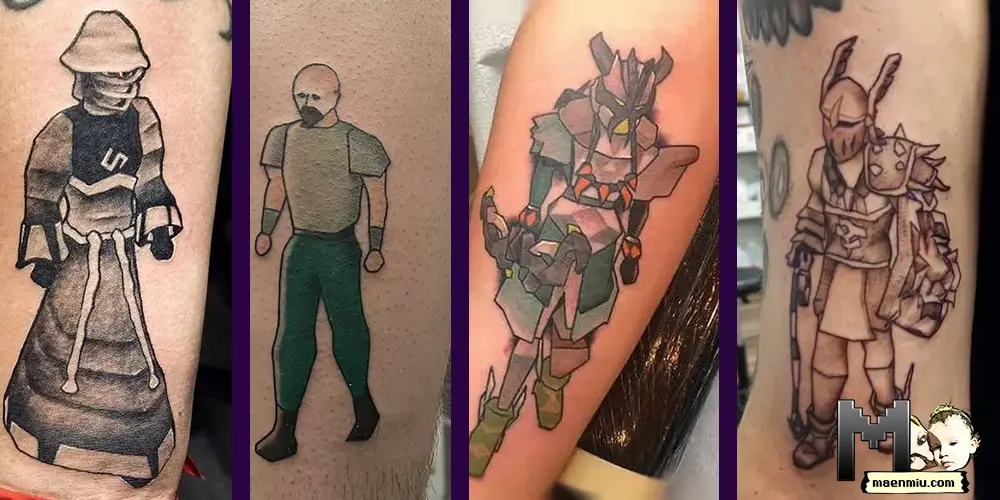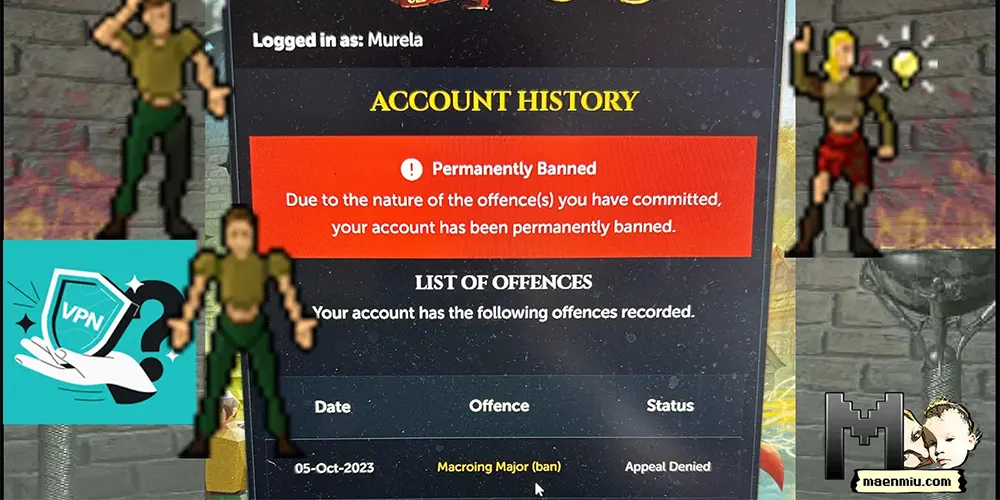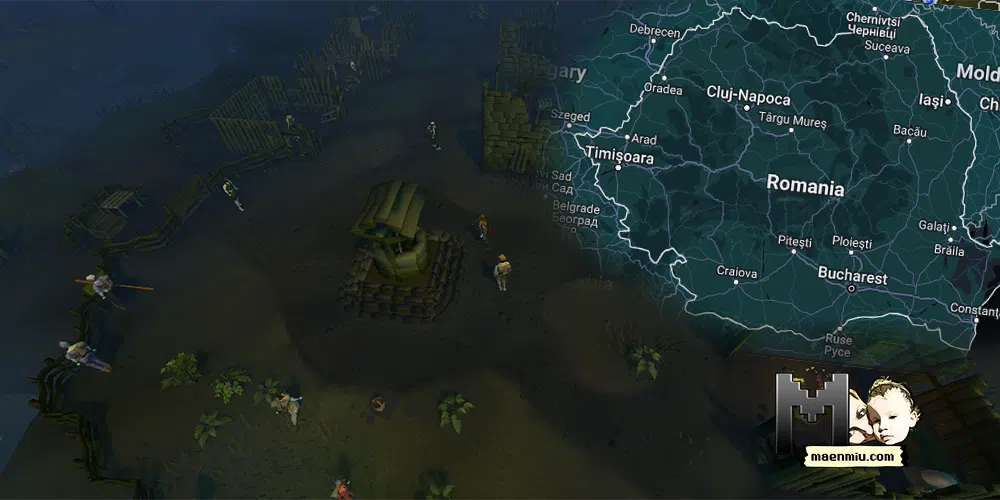
The realm of Morytania in the RuneScape universe, a massive multiplayer online role-playing game (MMORPG), has always been a hub of mystique and intrigue. Amidst this realm is the small, dilapidated hamlet, Burgh de Rott, a place of despair and dreariness. A close inspection of this region and its associated lore reveals intriguing connections and parallels to real-world Romania.
I am Romanian and the first time I ever went to Burgh I was stunned to see NPCs with names like Florin and Razvan, especially that two of my close blood relatives happen to have these names. But the references go even further and even though some might not be very flattering, if you seek to explore them and the captivating web of inspirations and allusions that bind Burgh de Rott to Romania, then here we go.
You might like
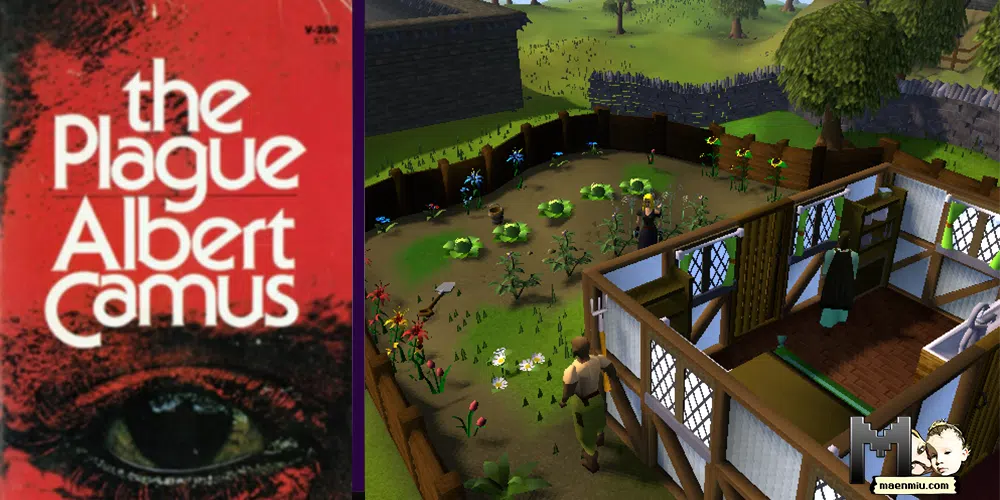
Historical and Cultural Parallels
The similarities between Burgh de Rott and Romania are evident in various historical and cultural contexts. Romania’s turbulent history and the challenging conditions its people have often faced is reflected in the hardships of the inhabitants of Burgh de Rott. From a broader perspective, the region of Morytania could represent the geographical and historical Eastern Europe, with Burgh de Rott as a microcosm of Romania within this larger context.
In Burgh de Rott, as in Romania, history is marked by struggle and resilience. Just as Romania was subject to foreign invasions and dominance, Burgh de Rott is a settlement living under the tyranny of vampyres. The villagers live in fear, mimicking the historical uncertainty faced by Romania under various foreign rules, such as the Ottoman empire, USSR, or the Austro-Hungarian empire. The continual fight of the inhabitants of Burgh de Rott for freedom echoes the spirit of rebellion and the desire for independence that have been pivotal in Romanian history.
Architectural Resemblance
The structures and buildings within Burgh de Rott carry distinct Gothic elements, synonymous with the architectural style prevalent in several regions of Romania. The structures’ dilapidated and decayed state is reminiscent of the many old and weather-beaten historical buildings scattered across rural Romania. The seemingly neglected state of these edifices suggests a rich, albeit melancholy, history — a nod to the Romanian landscapes marked by the passage of time and the vicissitudes of history.
Folklore and Mythology
Perhaps the most striking link between Burgh de Rott and Romania is the presence of vampyres, central to the lore of Morytania. The lore surrounding these vampyres draws heavily from the real-world folklore of Romania, most notably the myth of Count Dracula. This mythical figure, immortalized by Bram Stoker’s “Dracula,” has its roots in the Romanian folklore surrounding Vlad III, the Impaler, a ruler known for his harsh and brutal tactics.
In RuneScape, the vampyres of Morytania, especially those in the Drakan family ruling the region, share many characteristics with the Dracula figure. These vampyres’ tyranny, cruelty, and power mimic the fear that the historical and mythical Dracula induced. Furthermore, the vampyres’ control over Burgh de Rott and its people parallels the control Dracula holds in many narratives.
Natural Scenery
The bleak landscape of Burgh de Rott also bears uncanny similarities to the eerie beauty of Romania’s Carpathian mountains, renowned for their ties to Dracula lore. The dense, dark forests, rugged mountains, and generally oppressive and gloomy atmosphere that pervade Morytania echo the landscapes of Transylvania, evoking a sense of both dread and wonder.
Names
Some of the NPCs in Burgh have been given Romanian very common Romanian names, like Razvan, Vasile, Luminita, Florin, Teodoro, Radu, Sorin, Aurel, , Grigore, Catalina, Nicoleta and even Romanian spellings of international names like Elisabeta, Amelia, Mihail, or Emilia, Gabriela, Ivan, Sergiu, Veleria, which even though do not have Romanian origins, have been adapted to the Romanian language and have become really popular in the country.
Even the name “Morytania” has some deep Romanian roots, which to me, as a Romania native, were absolutely obvious especially on the gloomy background with vampires, werewolves, ghosts, and other such creatures, since the word depicting death in Romanian is “moarte”. The name “Morytania” could be loosely tied to the Romanian term “moarte” or “mort” which means “dead”. This connection makes sense when considering the vampyre-ruled, sombre realm. The connection isn’t straightforward, but I doubt it’s purely coincidental, since it does offer a potential, albeit loose, linguistic link.
As for “Burgh de Rott,” it carries a heavy Germanic influence, suggesting a Central and Eastern European vibe. While not directly Romanian, the name can be associated with the broader region of Eastern Europe where Romania is situated. The word “Burgh” translates to “castle” or “fortress” in German, an appropriate descriptor for a hamlet struggling to keep vampyric forces at bay. “Rott” could be a derivative of “rot,” a term that often carries connotations of decay and degradation, fitting for a town in such a state of despair.
The Drakan family ruling Morytania could also have Romanian references, as their names align with the dark and supernatural elements often associated with Romania due to its Dracula lore. The name “Drakan” is reminiscent of the word “dragon” and could also be seen as a veiled nod to “Dracula.”
Subtle?
The developers of RuneScape masterfully weaved subtle references to real-world cultures and histories into their virtual realms. The ties between Morytania’s Burgh de Rott and Romania offer players a rich, layered gaming experience, enhancing engagement with the virtual world through cleverly hidden links to the real one. By incorporating these subtle nods to Romanian history, architecture, folklore, names, and natural scenery, they bridge the gap between reality and fiction, rendering the gaming experience even more immersive and captivating.
In understanding these references, players not only gain a more profound appreciation for the game’s narrative but also an unexpected lesson in Romanian history and culture. By anchoring its fantasy realms in real-world elements, RuneScape adds depth and complexity to its universe, making it a continuously fascinating space for exploration and discovery.
I created this article with the partial assistance of an AI tool. Learn about my view on AI and why I’m telling you about it.
